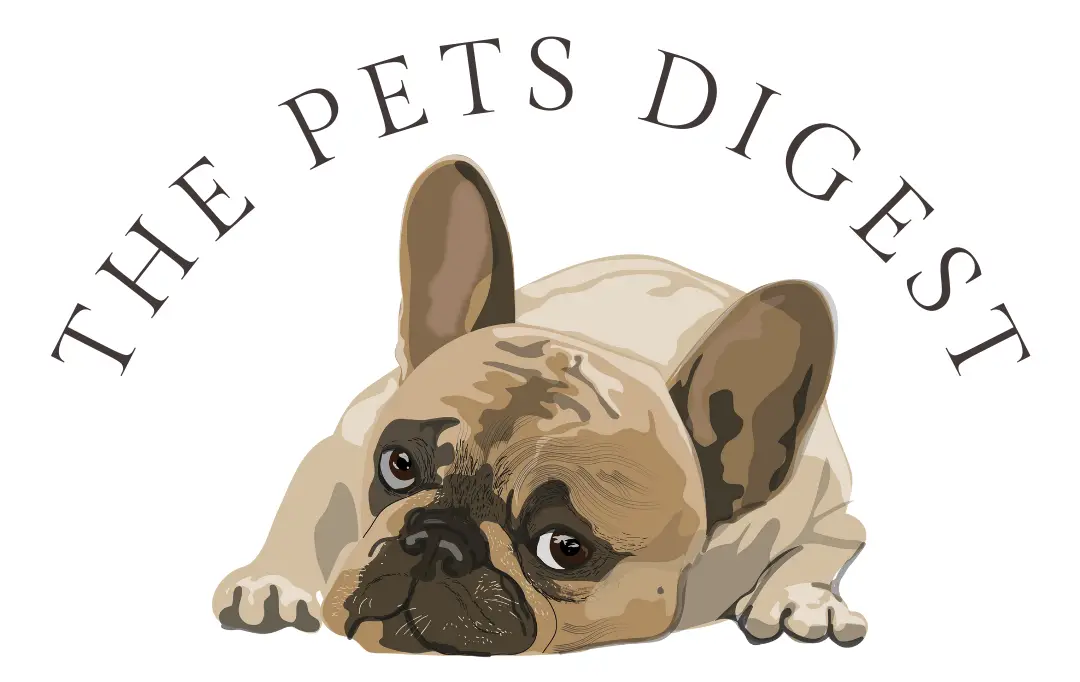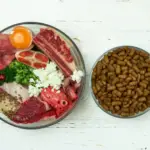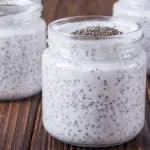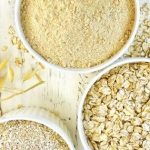While the majority of joint supplements available on the market for dogs are considered safe and may truly help to relieve symptoms from joint diseases like osteoarthritis.
There are some things you should be aware of when giving your dog joint protective supplements.
In this article, we discuss some reasons why joint supplements may cause issues in your dog’s body, the types of possible issues they may cause, and how to best protect your dog.
To read about some of the best joint supplements for dogs, click here.
4 reasons joint supplements may cause issues in your dog

1. Low-Quality Ingredients
Supplements for dogs (and humans) are not regulated by the FDA and unfortunately, some distributors take advantage of this fact by cutting corners and using low-grade or low-quality ingredients.
Many times you just won’t see any positive effects from using the product and this will not lead to deleterious issues in your dog but there is always a chance that it could.
You should always make sure to do as much research on the company and products prior to purchasing.
2. Inadequate ingredients
There have been tests done on supplements for both pets and humans that show false claims about major ingredients in products.
The ingredient should be there but in reality, it is not in the supplement at all.
However, many times the lack of ingredients found in the product is actually due to it having a short half-life and not being purposely omitted.
3. Contaminants
Bacteria like E.Coli or Salmonella can contaminate your dog’s supplements, in fact, it is not uncommon to find bacteria or fungal contamination in many supplements.
4. Medicine Interactions
Although none of the ingredients in supplements are traditional ‘medicines’, they can interact or interfere with medications that your dog is currently taking.
If your dog is taking prescribed medication, it is extremely important to read the labels, speak with your vet, and know what interactions are possible.
4 signs your dog is having a reaction to a supplement

1. Gastrointestinal upset
This is usually the first sign that your dog is having a bad reaction to the supplements you are feeding them.
GI upset can include symptoms like vomiting, diarrhea, or nausea. There can also be blood in the stool or vomit depending on what is causing the GI upset.
2. Allergic reactions
Your dog could have an allergic reaction to some of the ingredients included in joint supplements.
One example is the inclusion of green-lipped mussels, which are great for omega fatty acids, but not so great if your dog has an allergy to seafood!
If you already know that your dog has an allergy, check the label of the joint supplement to ensure that the ingredient is not included.
Some signs of allergic reactions or intolerances are chronic ear infections, itchy skin, gastrointestinal upset, and swelling.
To read more about the differences between allergic reactions and allergic intolerances you can read our article here.
3. Changes in bowel habits
Some ingredients like glucosamine can cause an increase in gas, which isn’t pleasant for your dog or your nose!
It can also cause constipation so keep an eye on your dog’s bowel habits to ensure they continue to be regular after starting the supplement.
4. Bleeding or Bruising
There are some ingredients like turmeric that are included in formulations that can cause issues with your dog’s body functions.
For example, turmeric or curcumin can cause bruising on the skin due to a decrease in blood clotting factors if given in excess.
How to keep your dog safe when feeding joint supplements

Speak to your vet
Of course, before starting your dog on supplements or changing their food speak with your vet. They may have some suggestions for good supplements to try.
If you would like to go the natural route, consider contacting a holistic veterinarian.
Do your research
‘Aside from speaking to your vet do your own research as well!
We have so much useful information at our fingertips so make sure you use it.
Get familiar with what ingredients should be included in supplements and what are essential vs nonessential.
You can start by reading our article here: How to choose a joint supplement for your dog. It also links out to some great references.
If you have the time, read medical articles which can be found on PubMed or Google Scholar, and make sure to gleam information from other reputable websites.
Also, make sure to read the reviews of the products prior to purchasing them.
Read your dog’s food ingredients list
Many times, dog food will already have supplements included.
This is especially true if it is for senior pets or joint support. You don’t want to overdo it so ensure you aren’t double dosing your dog first.
Choose wisely
You can purchase joint supplements for dogs just about anywhere but make sure to shop smartly.
Don’t buy from websites that make ridiculous claims, that look questionable, or have horrible reviews.
There are some supplements that include a seal of approval or indicate that they have been tested for validity, finding this on the label is a plus.
Conclusion
With the many choices of joint supplements on the market for dogs, choosing one may be daunting. Don’t worry, we have a list of a couple that we like here. Also, make sure to join communities and get involved in your dog’s health. You are their biggest advocate!
Join our email list for more information about gastrointestinal health in dogs.

























































































































